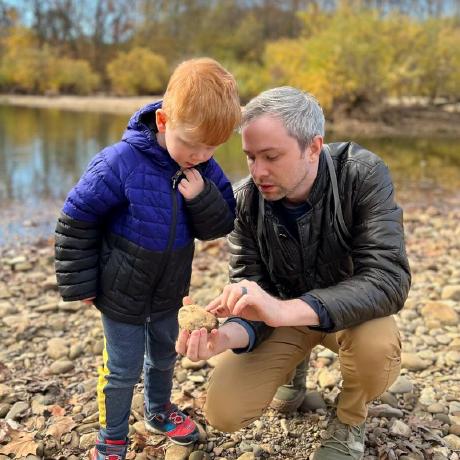Zero-Cost Hops for Favorite Routers
What if messages could traverse your mesh infrastructure in a single hop?
What if you could bridge two cities 600 miles apart via LoRa and still have hops to spare?
What if a faster preset requires twice as many hops to reach your friends, but you don't have hops to spare?
That’s exactly what Zero-Cost Hops unlocks for your mesh.




